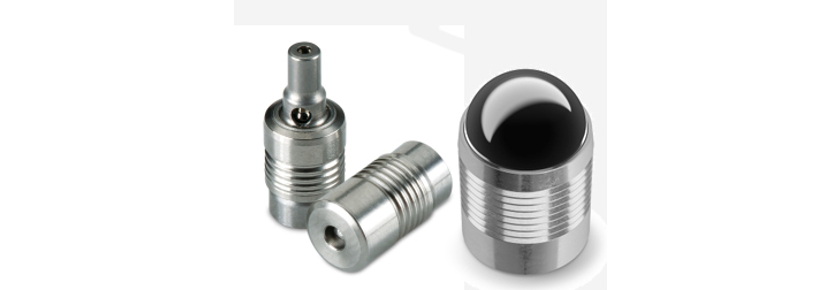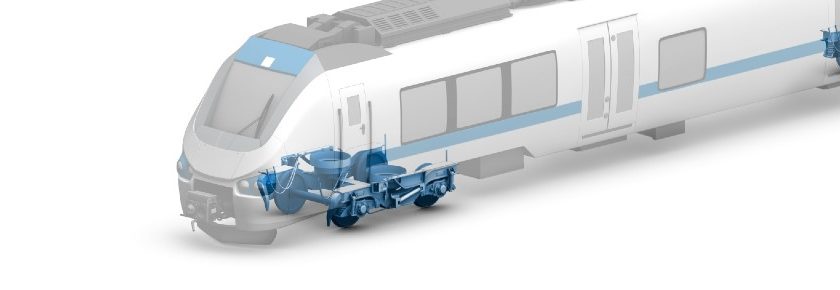At Bossard, we believe in the spirit of constant innovation and smart ideas when it comes to satisfying our customers. Introducing the Bossard Selection, a group of multifunctional fasteners carefully chosen by our experts to help you carry out your assembly with more speed, reliability, quality, and economy.
Multifunctionality Enhances Productivity
What sets the Bossard Selection apart from any other group of fasteners is the care and consideration put into their selection. Each product combines several fastening elements into one pre assembled fastener. The end result is efficient fasteners that optimize your assembly in numerous ways.
Here’s what sets the Bossard Selection apart from any other group of fasteners:
- Multifunctional in the application – Our multifunction fasteners are incredibly versatile, making them an ideal fit for any application no matter what your needs are.
- Fewer individual pieces – Multifunctional captive screw assemblies also means fewer fasteners needed to accomplish a particular process.
- Shorter throughput time – Less parts to source, gather and move.
- Faster and safer assembly – With our fasteners, each process takes less time and less risk to complete.
- Reduced installation time – A simpler installation process also means less time needed for each process. Optimized drive heads, captive washers and enhanced drilling capability saves you time at assembly.
- Increased productivity – Our multifunctional fasteners make the assembly process more efficient and, most importantly, more productive.
The benefits don’t just end there. With our multifunctional fasteners, reduction of product can provide over 30% rationalisation potential in the entire value chain of each fastening.
Worldwide Availability
Another way the Bossard Selection sets itself apart from other products is through ready availability. Our international procurement ensures that every product featured in the Bossard Selection is available from stock. Not only do you get security of supply, but you’ll also enjoy the significant cost reductions and improved planning that comes of it. This is how we leverage our decades of experience in the global procurement and purchasing of fastening products.
Available Multi-functional Fastening Solutions
- ecosyn®-fix – Shake-proof and vibration-proof, these economical screws provide reduced assembly time and material management costs by integrating a spring washer into the head, all while providing extra security for a broad range of applications.
- ecosyn®-drill / ecosyn®-MRX – Self-drilling direct screwing fasteners for applications involving aluminum, steel plates, and corrosion-resistant thinwall sheets. Offers high drilling performance. Available in zinc plated blue or stainless steel.
- Hexalobular (6 Lobe) socket – Designed to evenly distribute torque forces, resulting in a low rate of wear and optimum power transmission for longer tool life. Available for many different head types, hexalobular can reduce your investment in tooling.
- Innovation – Simple, yet effective. The ideal fasteners for ensuring reliable and creative assembly with a selection of low head and captive washer screws.
Exclusively from Bossard
“Proven Productivity” is more than just a promise – it’s a fact evinced by providing our customers with products that increase their productivity. At Bossard, we fulfill that promise using exclusive products with unique features that are well-suited to our customers’ needs. You won’t find the Bossard Selection anywhere else.
To learn more about the Bossard Selection or any of our other product solutions, reach out to us at ProvenProductivity@bossard.com.














